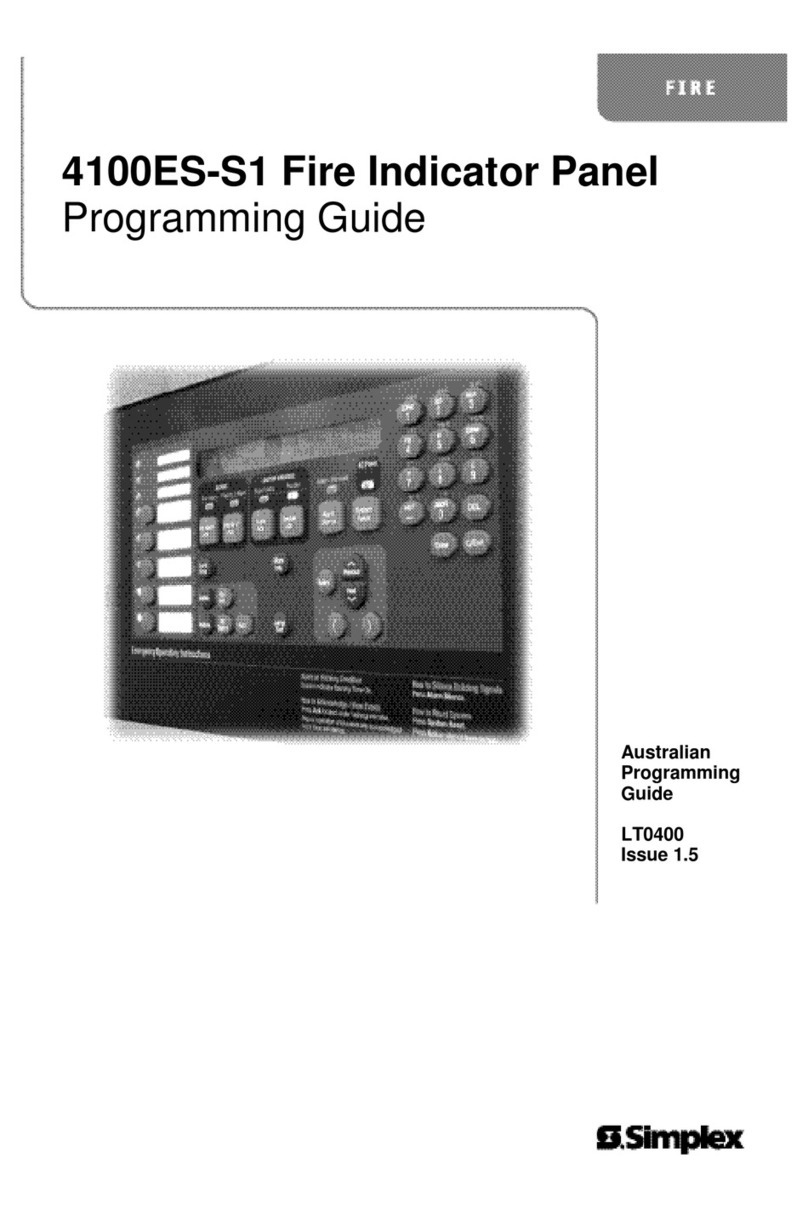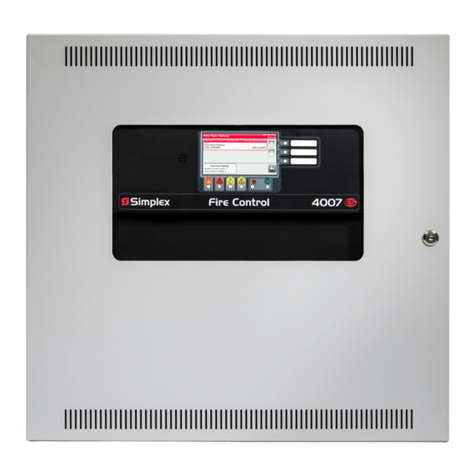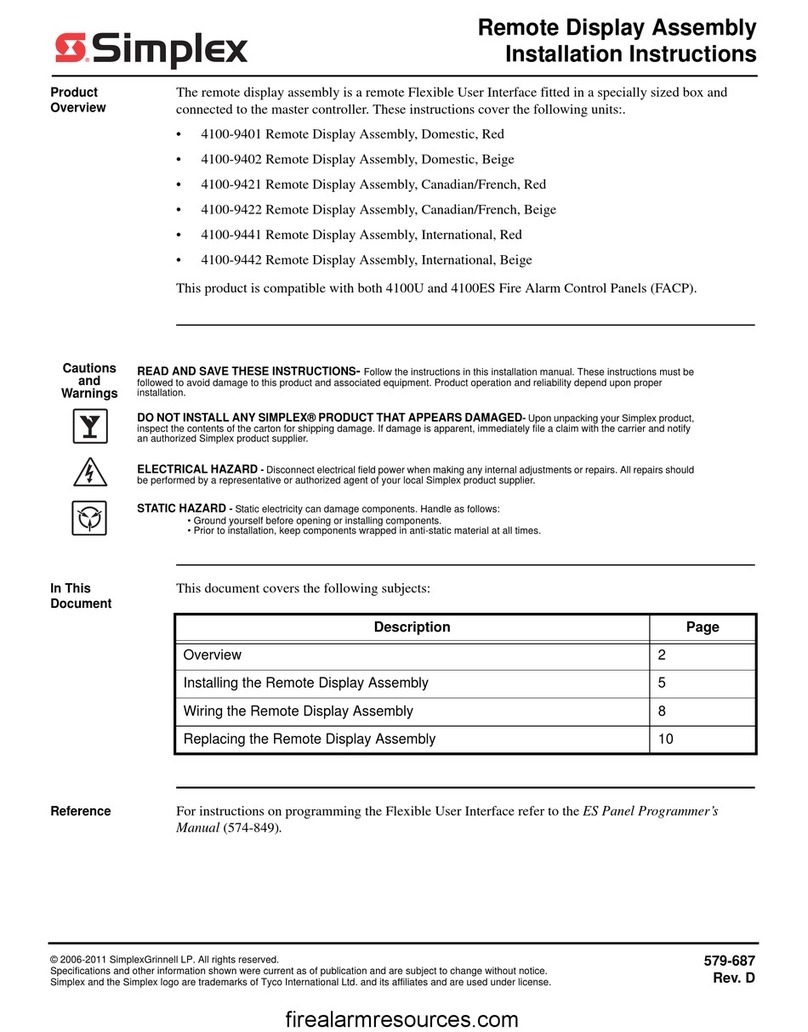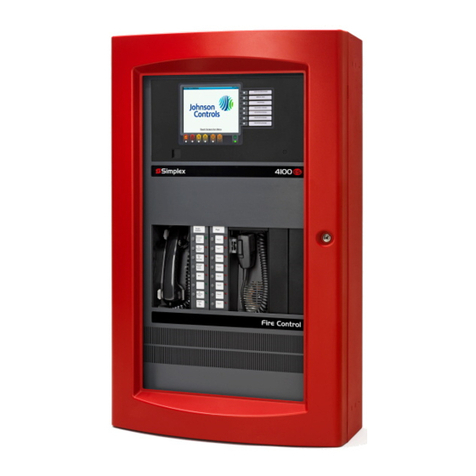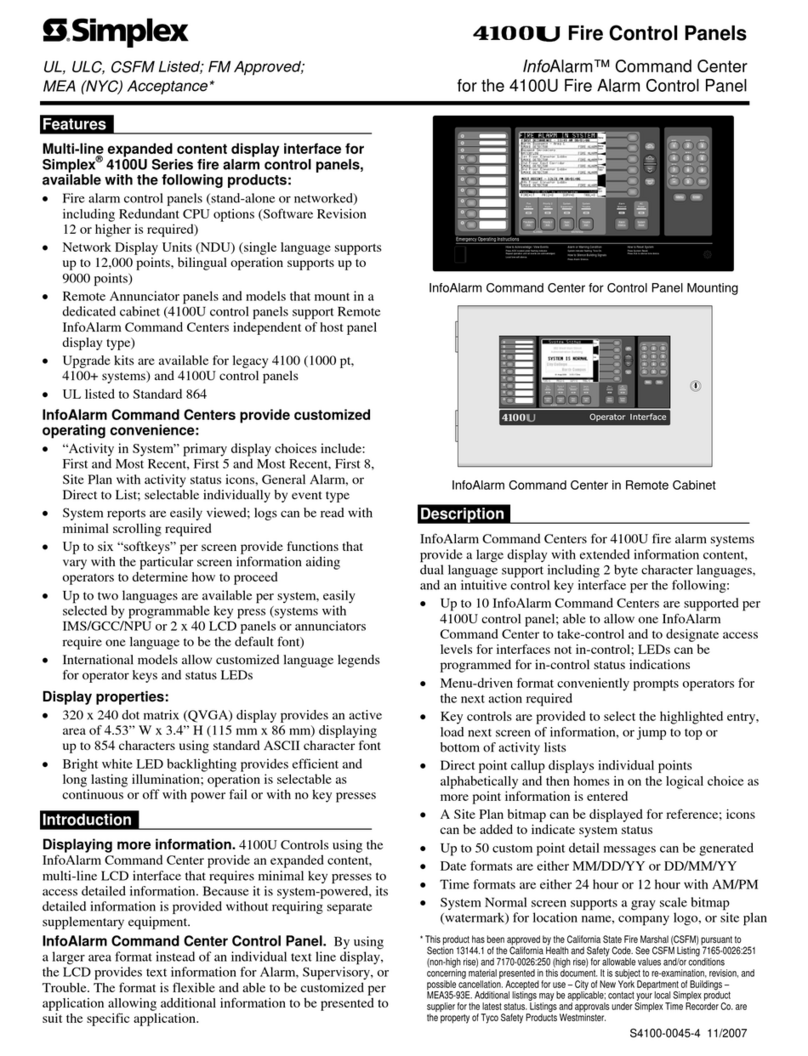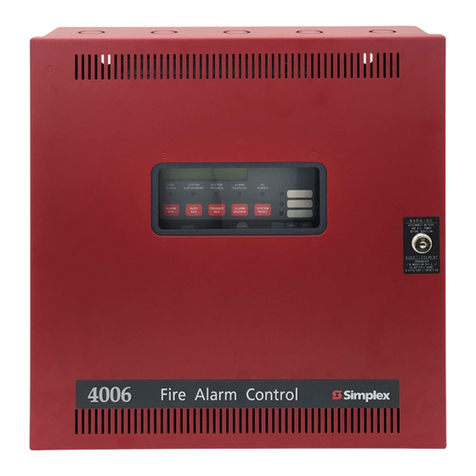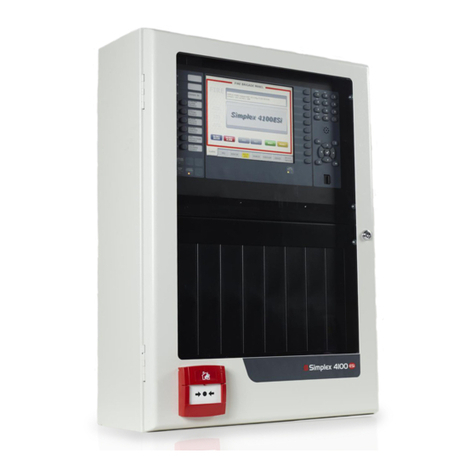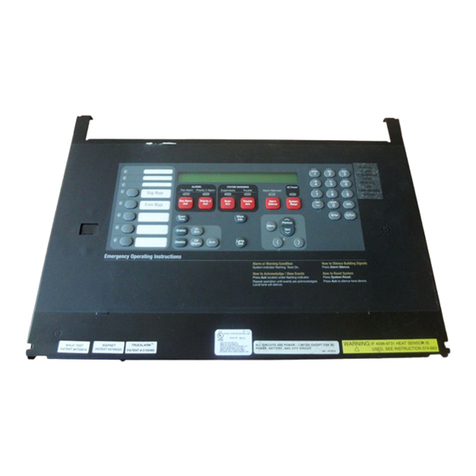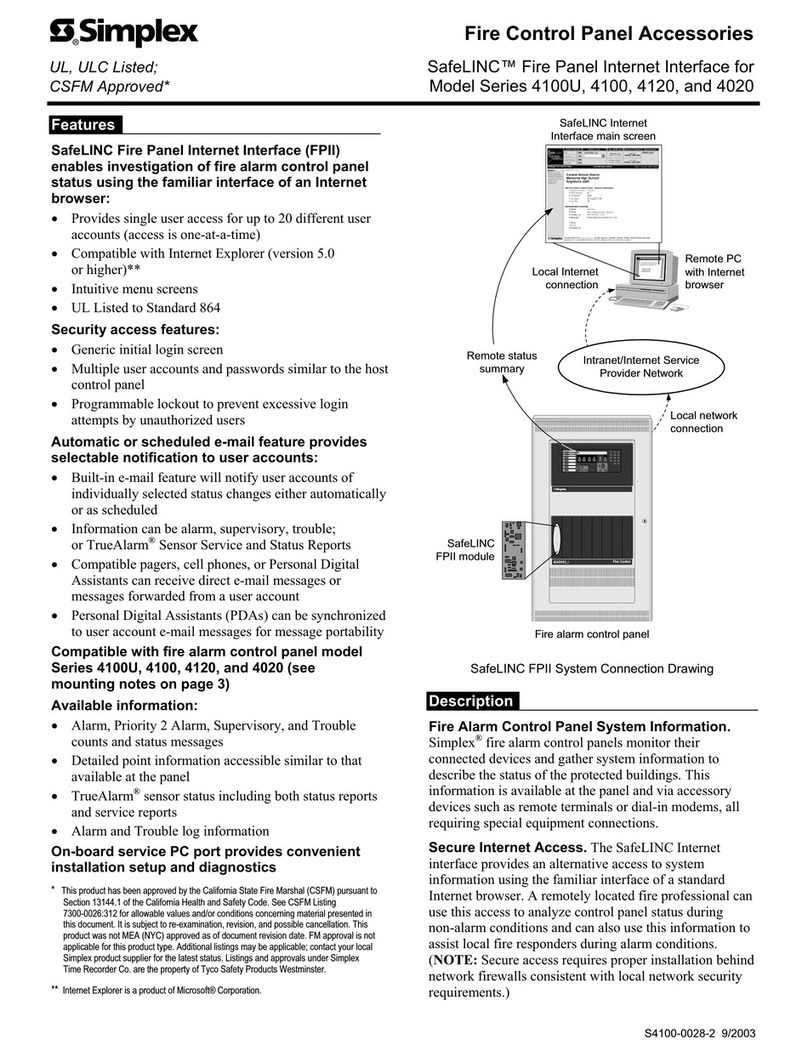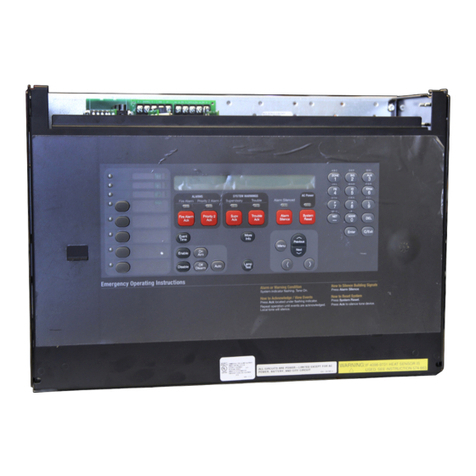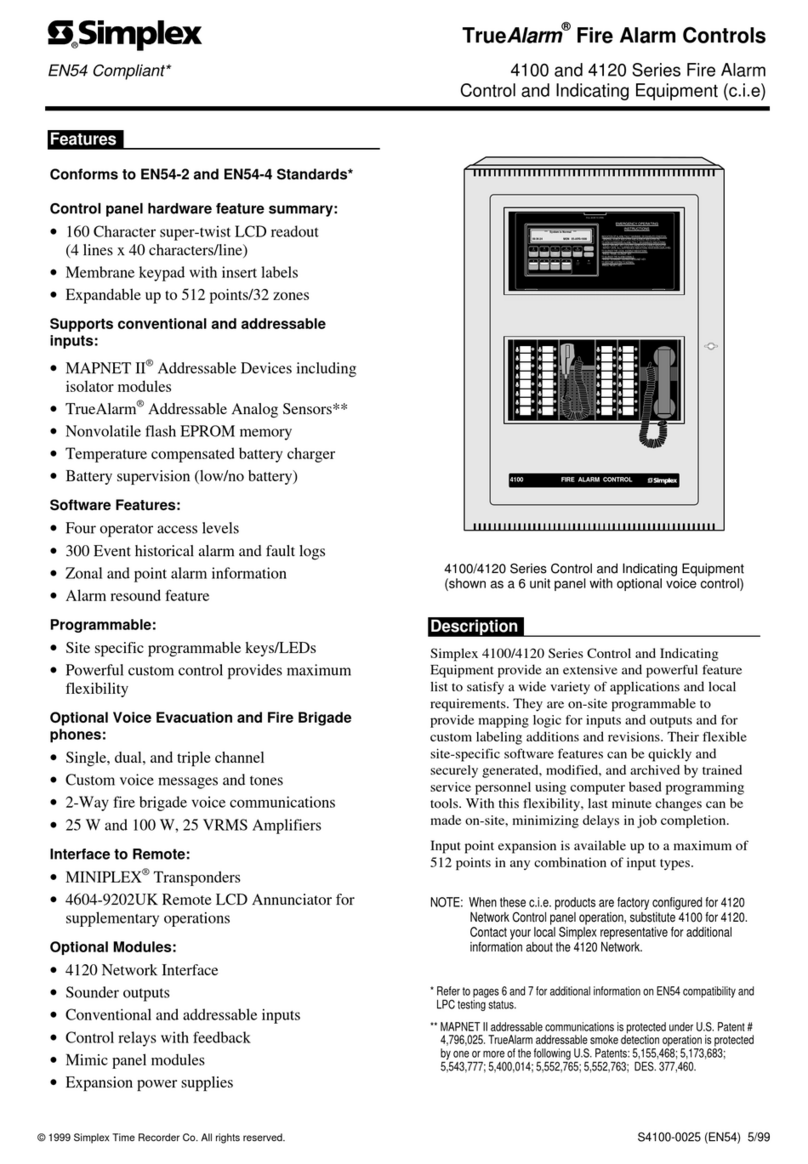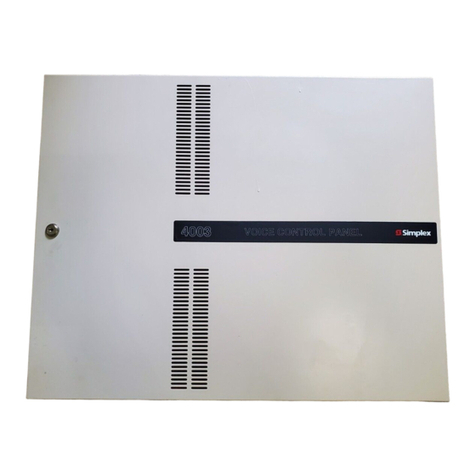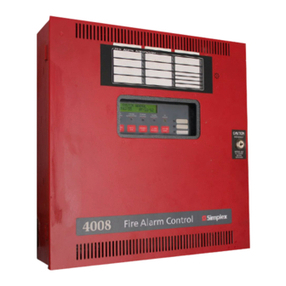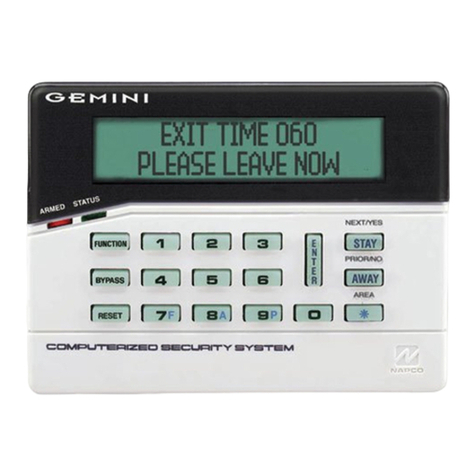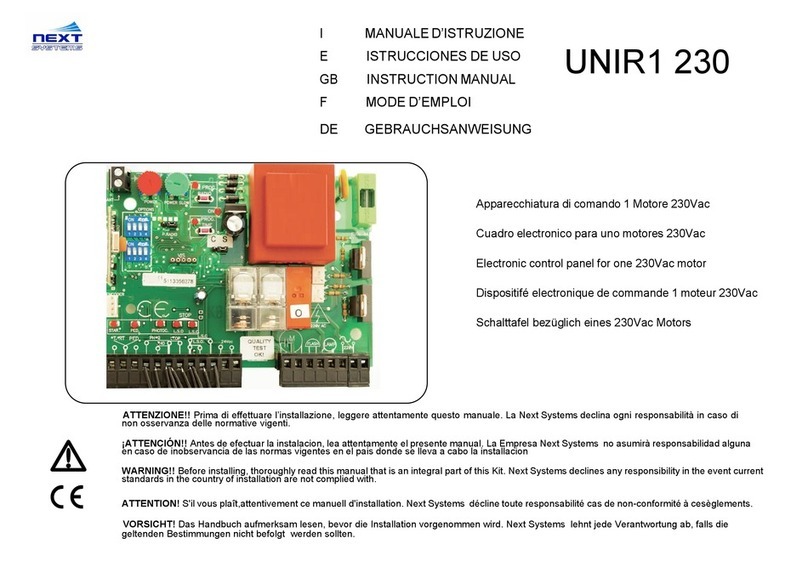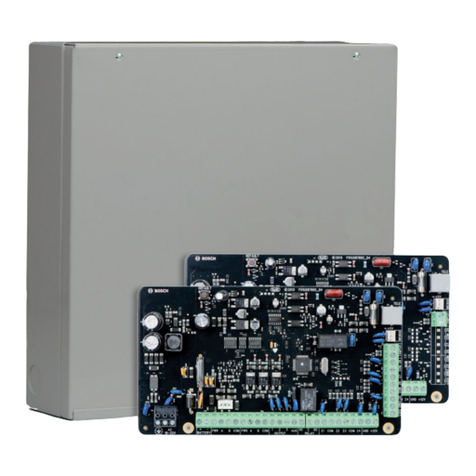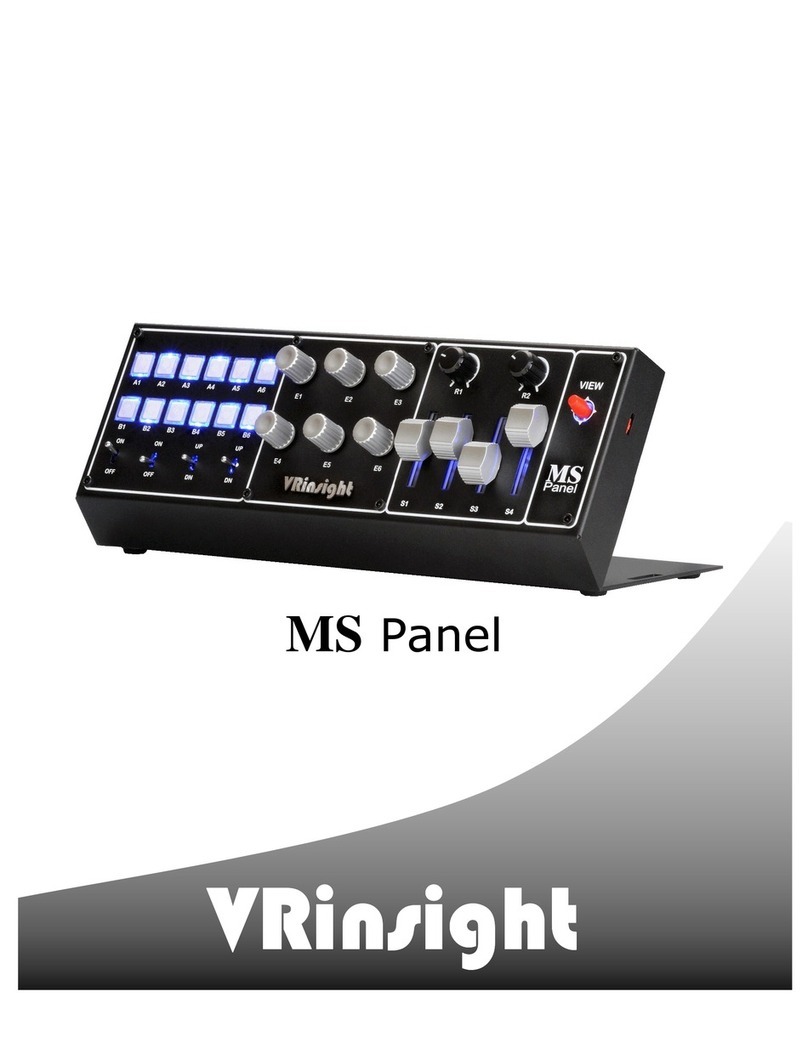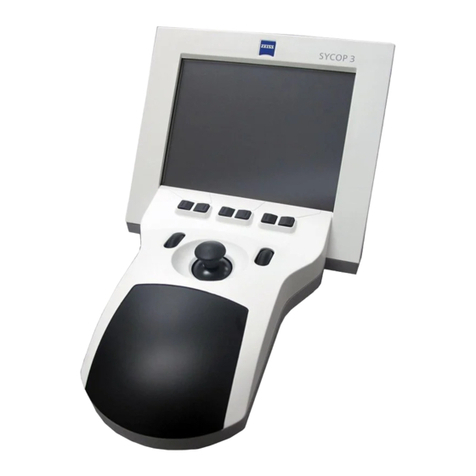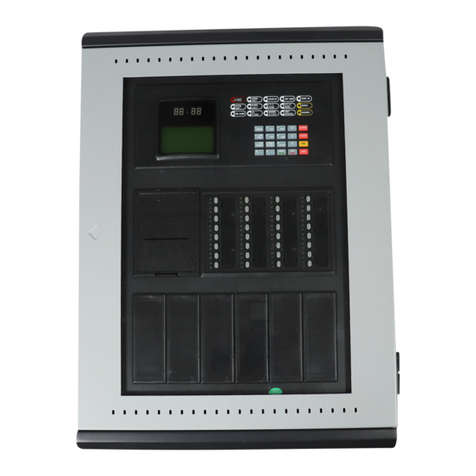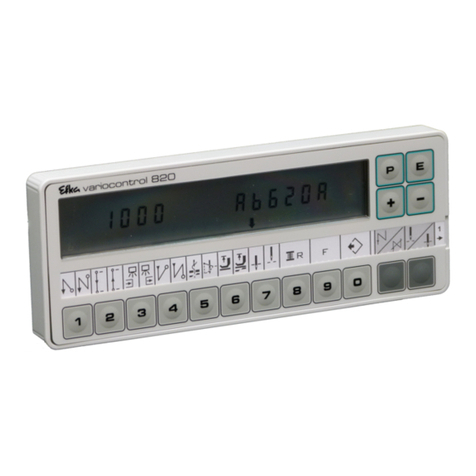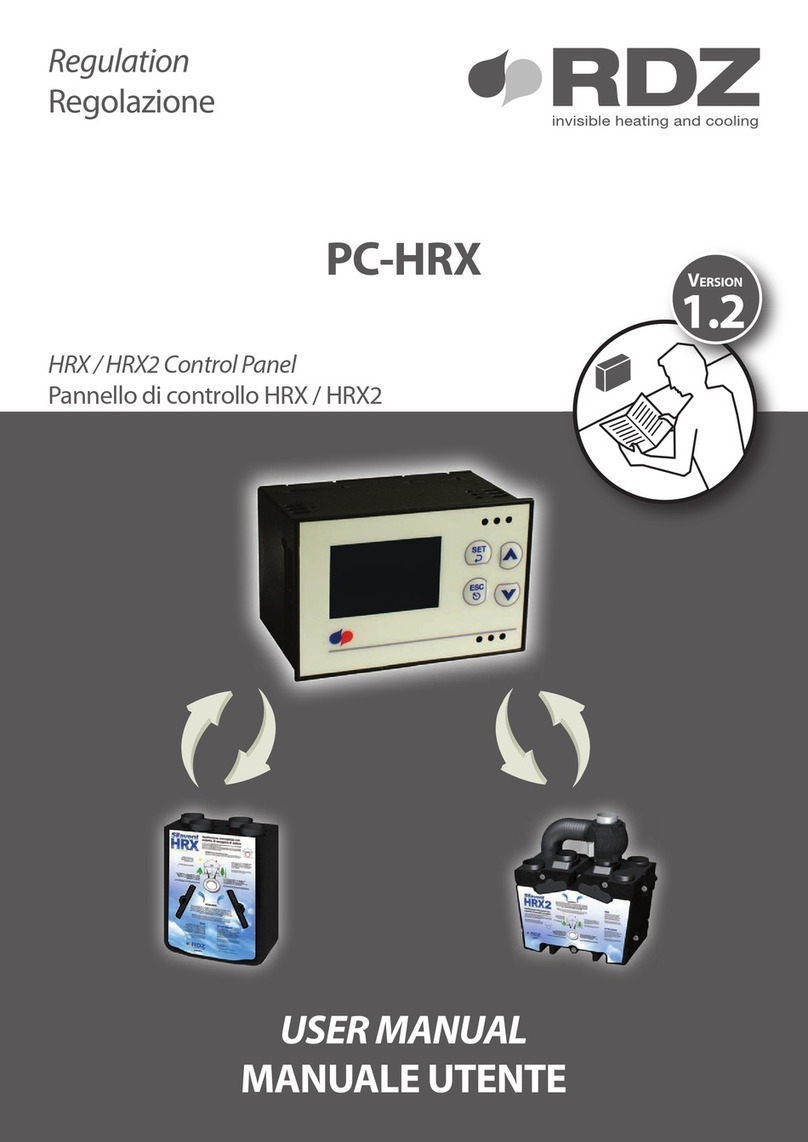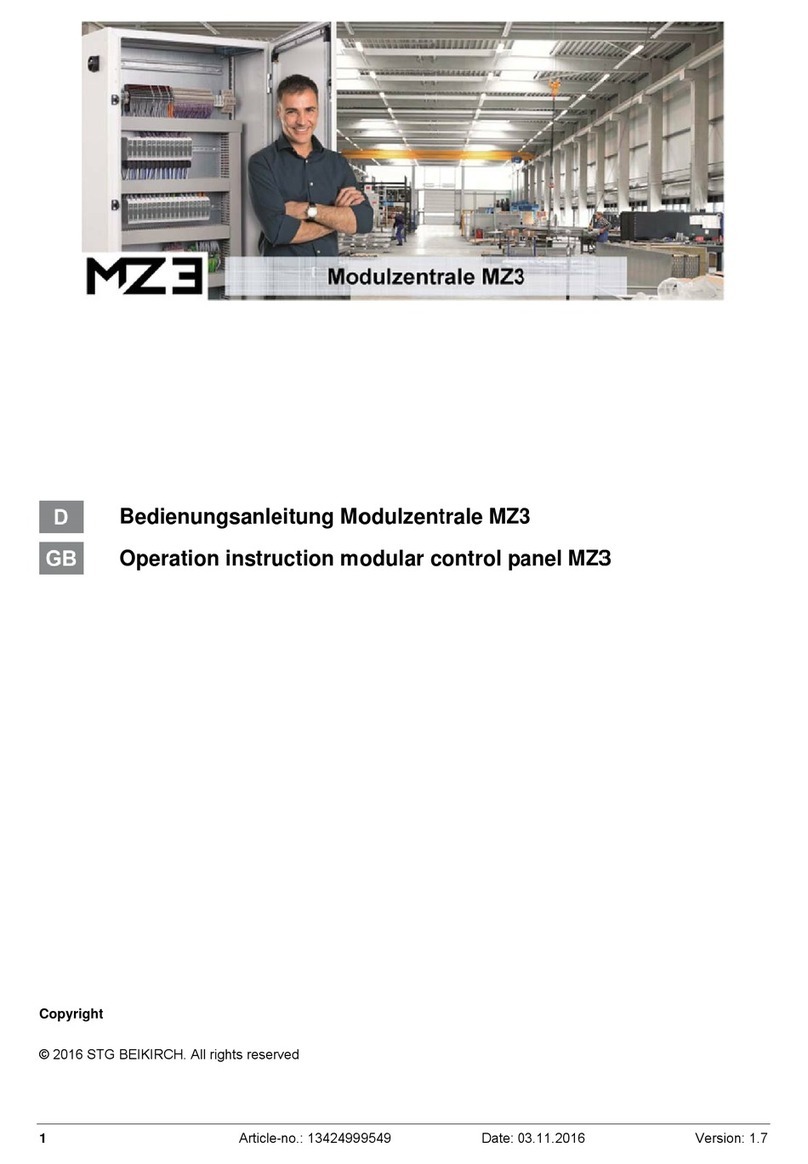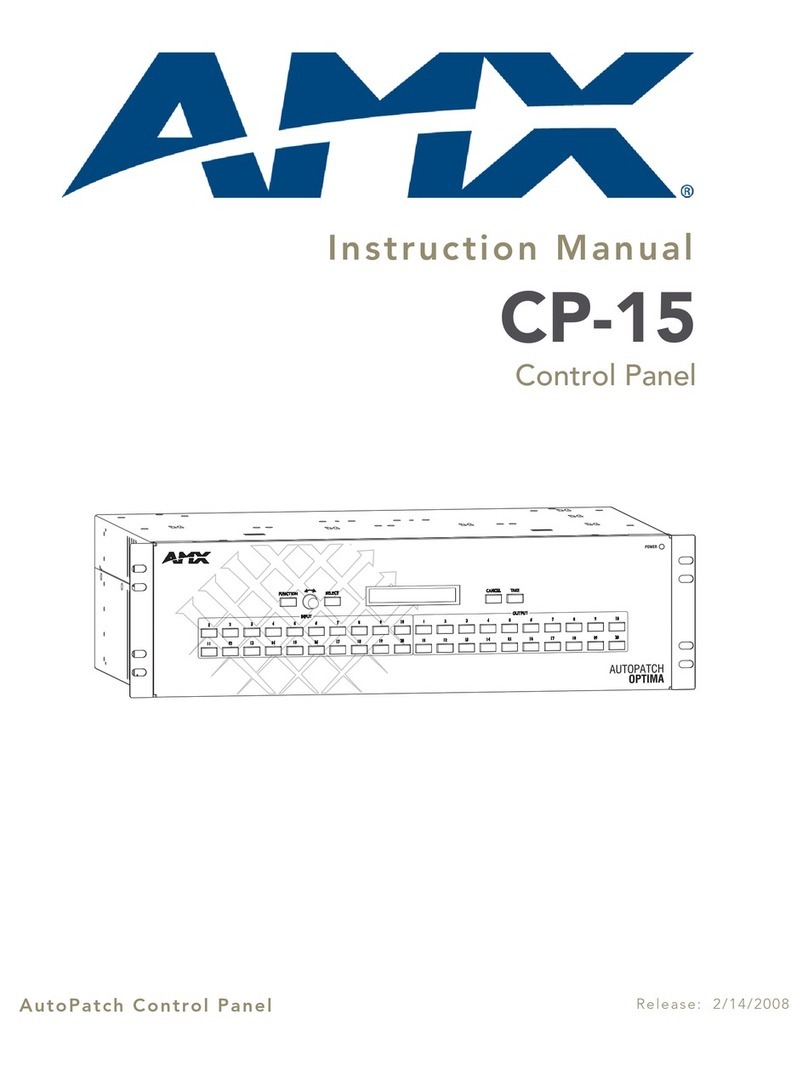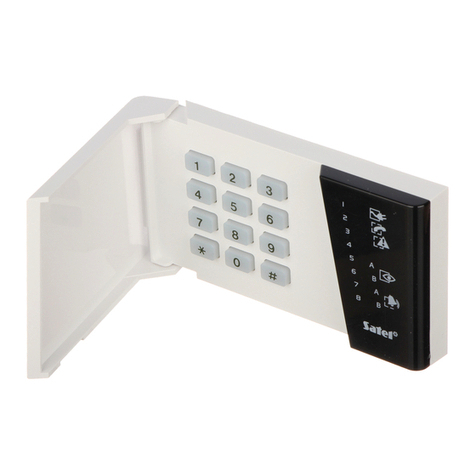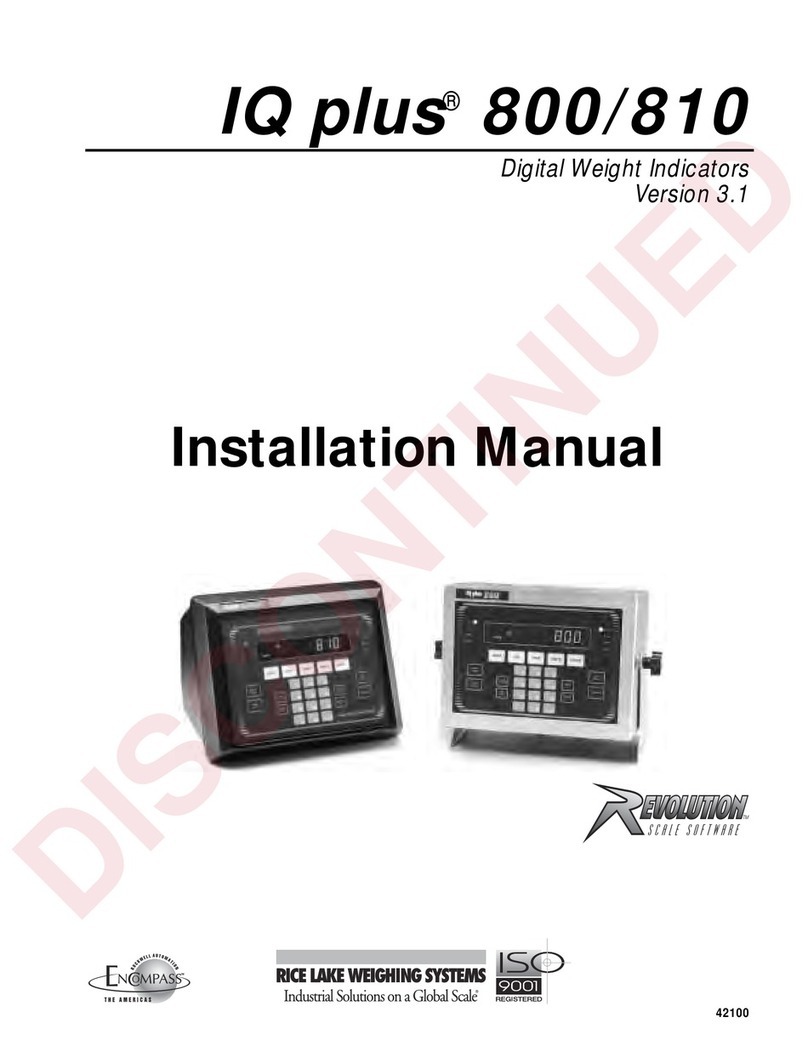
Automatic Extinguishing Release Systems
These systems automatically activate electrically
controlled actuators for the release of a fire extinguishing
agent (such as dry chemical, water spray, foam, CO2,or
clean agent) in response to fire detection device inputs as
determined by programming of the host fire alarm control
panel.
Automatic Extinguishing Release System Panels
are required to have a minimum of 24 hours of standby
power. Initiating devices must be Listed/Approved for the
application, and may be wired either Class A or B.
Control actuators must be electrically compatible with the
control panel circuits and power supplies, and are wired
Class B to provide coil supervision.
Deluge or Preaction Sprinkler Systems
These systems automatically activate water control
actuators in response to fire detection device inputs.
Deluge Sprinkler Systems employ open sprinkler
heads and provide water flow when the fire detection
system activates a common automatic water control
actuator. They are used to deliver water simultaneously
through all of the system sprinkler heads. This type of
system is applicable where the immediate application of
large quantities of water over large areas is the proper fire
response.
Preaction Sprinkler Systems are similar to deluge
systems except that normally closed sprinkler heads are
used and supervisory air pressure is maintained in the
pipe. Operation requires both an activated sprinkler head
and an activated fire alarm initiating device with specific
programming determined at the host fire alarm control
panel.
Releasing System Requirements
1. Releasing actuators are controlled from a
Suppression Release Peripheral (4090-9005 or
4090-9006). Connections are 2-wire, Class B releasing
circuits with only one 24 VDC actuator per circuit.
Where applicable, two, 12 VDC actuators in series, or
one 12 VDC actuator with manufacturer supplied
resistor may be used.
2. Coil Supervision Module 2081-9046 must be wired
electrically before the actuator and located in the
actuator wiring junction box. (Refer to diagram on
page 5.) The connected RAC provides continuity
supervision of the actuator coil and wiring and
provides short circuit supervision to the coil
supervision module.
3. Cross-zoning or other alarm initiation logic per
system requirements, is to be implemented by
programming at the fire alarm control panel.
4. UL Listed Automatic Extinguishing Releasing
operation requires that: battery standby must be a
minimum of 24 hours with 5 minutes of alarm and that
listed actuators are used, refer to list on page 6.
Releasing System Requirements (Continued)
5. FM Approved Automatic Extinguishing Release
requires secondary standby to be a minimum of
24 hours with 5 minutes of alarm. Actuators must be
electrically compatible.
6. FM Approved Deluge and Preaction Sprinkler
operation requires that: initiating device circuits be
Class A and wired to Listed/Approved devices;
standby power capacity must be a minimum of 90
hours with 10 minutes of alarm; and that approved
Automatic Water Control Valves must be used. (Refer
to actuator list on page 7.)
7. Maintenance Switches, one per RAC, are required
per NFPA 72, the National Fire Alarm and Signaling
Code to allow the system to be tested or serviced
without actuating the fire suppression systems. Their
use may not be allowed in some jurisdictions, always
confirm local requirements. When used, Simplex
Maintenance Switches are required to ensure that
operation initiates a supervisory condition.
8. Abort Switches are available when abort operation is
required. When used, connect to an addressable
Supervised IAM model 4090-9001 or similar
addressable adapter module. The Simplex abort switch
and the IAM mount in a single gang box, 2-1/2”
minimum depth.
9. Addressable Manual Releasing Stations are used to
initiate activation of the releasing actuators with the
appropriate time delay implemented by the fire alarm
control panel.
10. Notification Requirements. Each hazard area
typically requires general audible and visible fire
alarm notification and additional dedicated NACs for
area releasing status notification. Use of the 4009
IDNet NAC Extender will provide the required
additional NACs.
11. Additional 4010 Reference. Refer to Installation and
Operating Instructions 574-052 and Field Wiring
Diagram 842-058 for additional 4010 releasing and
general panel information.
12. Additional Suppression Release Peripheral
Reference. Refer to Installation Instructions 579-385.
Additional Releasing Systems Reference
For additional information, refer to Factory Mutual
Research Corporation (FMRC) “FMRC Approval Guide,”
FM Approval standard “Deluge Systems and Preaction
Systems.”
Please note that proper operation of releasing control
systems requires that the system design, installation, and
maintenance be performed correctly and in accordance
with all applicable local and national codes, and
equipment manufacturer’s instructions. No liability for
total system operation is assumed or implied.
2 S4010-0003-5 6/2013
